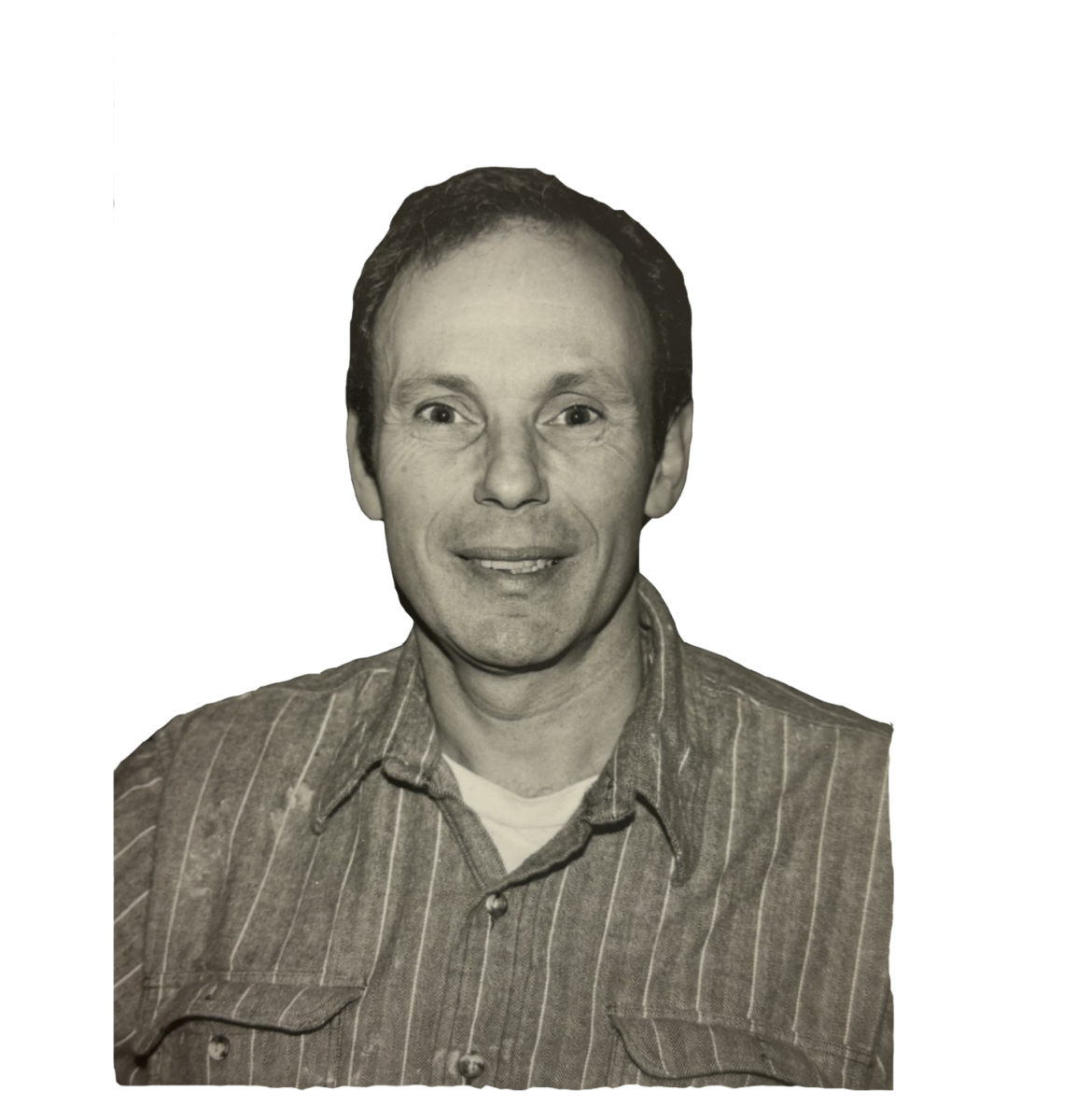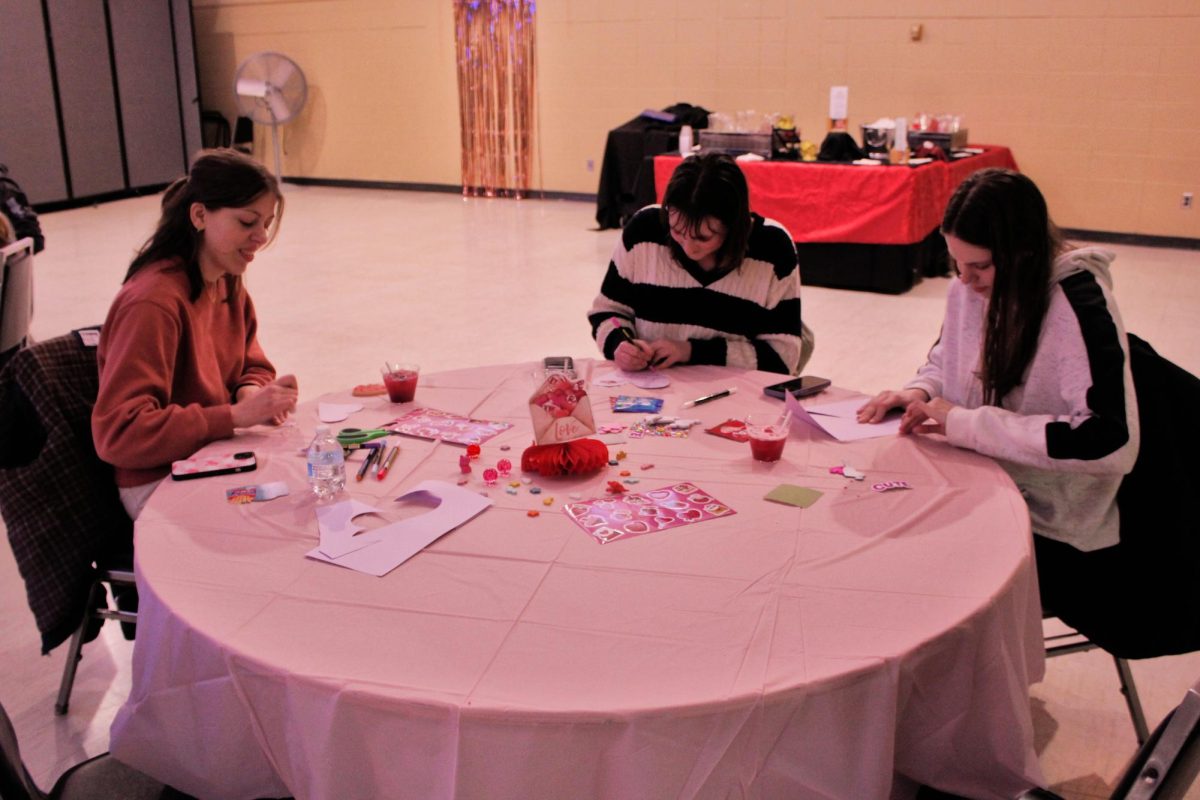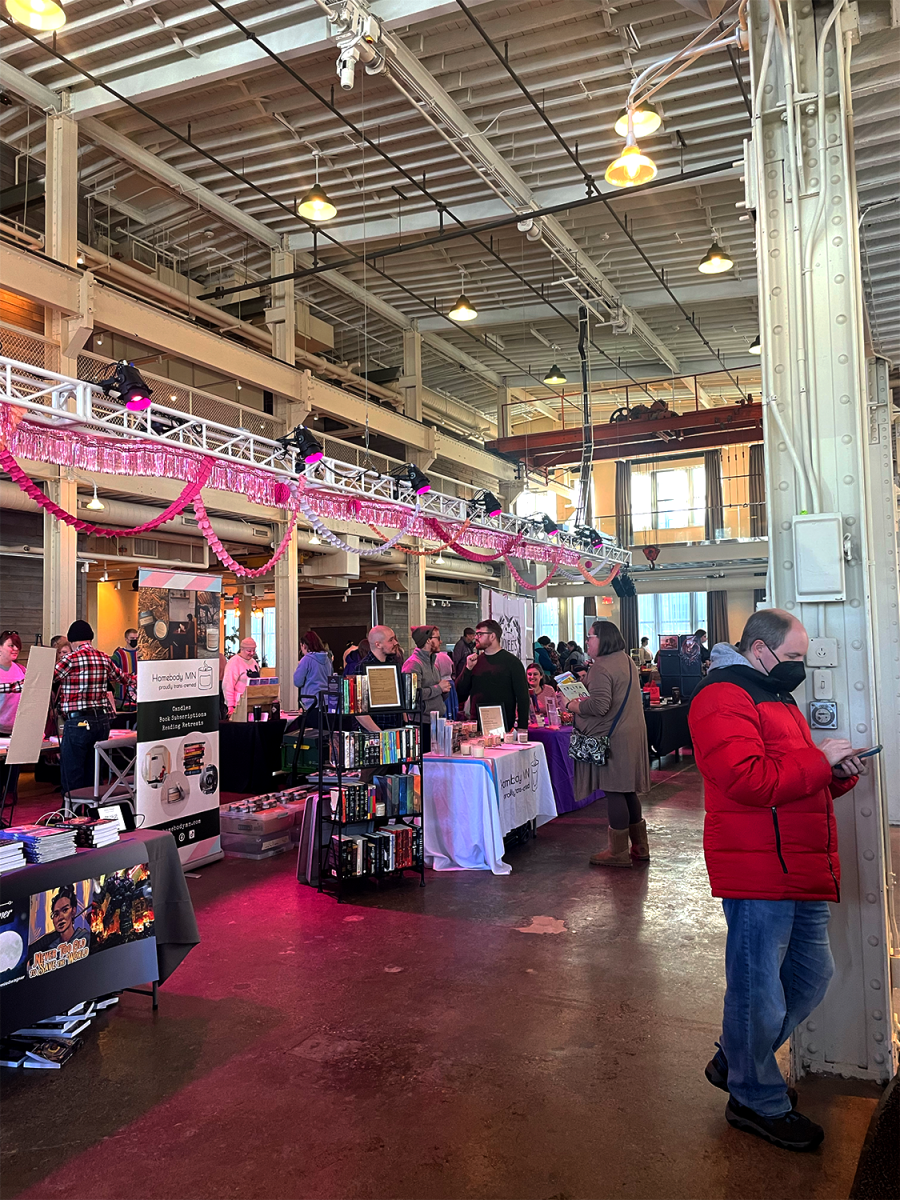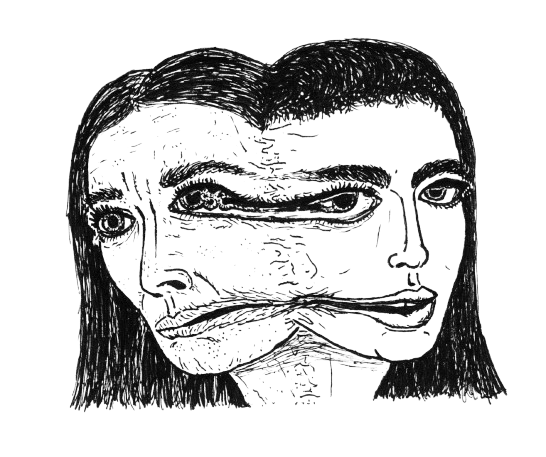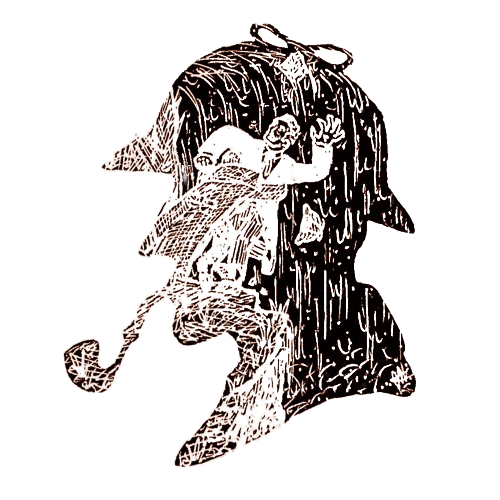This article was previously published in print on Dec. 05, 2023.
A proud icon of campus culture, it is pretty much impossible to be unacquainted with the Bishop statue at Hamline. However, perhaps fewer people are aware of the artist that brought it into existence: Michael Price.
Born in 1940, Price grew up in the South Shores neighborhood of Chicago and followed an eclectic mixture of pursuits before arriving at Hamline, including a masters’ degree in mathematics, a stint in the US Army and eventually a masters’ in sculpture.
Price taught sculpture at Hamline from 1970 until his death in 2001. One of his most recognizable contributions to the campus is the statue of Bishop Leonidas L. Hamline, whose features are rendered with a tactile and lifelike warmth that was characteristic of Price’s work. Employing the method of lost-wax bronze casting, he would assemble his sculptures using a kiln he built himself at Hamline, often working directly with students throughout the process. Throughout his life, he assembled a varied body of work that showcased his interest in the figure, as well as religious iconography, which was a subject of fascination for him.
In 2015, the Soeffker Gallery in Drew Fine Arts held a retrospective exhibit dedicated to Price, displaying his figurative and abstract sculptural work. The exhibit, which drew an enormous reception of friends, family and admirers, was curated by a current professor of fine arts and a former student of Price, John-Mark Schlink. Schlink spoke to his experiences with Price and the process of curating the exhibition.
“Mike was a humanist. He cared deeply about people, and was just a really incredibly kind and gentle guy,” Schlink said. Before choosing a concentration in printmaking, Schlink had been working under the mentorship of Price, whose fascination with the figure was evident in his sculpture.
“We’re talking life-sized bronze, figures and stuff, so they’re very much in your space, and just very tactile. The surfaces on the sculpture were never blended and smoothed. They always showed the process. You could see the marks of him, the finger marks, moving the clay around and all that. So they were very tactile pieces,” Schlink said.
Schlink worked in collaboration with Duane Cady, Hamline Philosophy Professor Emeritus, as well as Price’s wife, Susan Price, to identify and collect the work. The catalog for the show, which contains statements from both Schlink and Cady, describes the exhibition as having been “created to recognize Price’s work and dedicated studio process, as well as his influential and beloved position as sculpture professor in the Department of Studio Arts and Art History at Hamline University.” Detailed shots of his exhibited work hang in white ether throughout the catalog, providing a glimpse into an artistic process that was both fervent and tender.
Under a section entitled “Sculptor/Philosopher Dialogue, the philosophical dimension and interdisciplinary aspect of Price’s work was described by Cady in the exhibition catalog.
“His facility across academic disciplines was amazing, from mathematics to politics to art history to the technology of his foundry,” Cady wrote. “His influence continues to serve his students and colleagues, and his sculpture continues to express his gift and challenge us.” The two shared common ground in aesthetics and value theory, and would frequently get together to discuss their perspectives on the arts.
Susan rice, who perhaps shared the closest connection with Price out of all the people whose lives he impacted, spoke over the phone about her understanding of his creative processes and inspirations.
“When he took on a project he would do it so intensely. For example, when he did [the sculpture of] F. Scott Fitzgerald, he didn’t just look at pictures and stuff. He read everything Fitzgerald wrote, and that’s the kind of thing that sculptors don’t need to do and they sometimes don’t do. More, it’s [that] they’re interested in the way the person looks, and how they stand, and all that, but he always wanted to know what they thought too,” Price said.
Aside from his meticulous focus on capturing the personhood of his subjects, his work also began to explore the themes of religious iconography and sacred space– an area of examination that he would have likely continued to develop, had he been able.

“Mike loved to talk about serious things and weigh things in his mind, and think about that, so I think that’s how he came to religion,” Price said. Though he was Jewish, he was never an active practitioner of organized religion, until he began to develop a fascination with Christianity, and specifically how sacred spaces are structured. “He worked with an architect who did church architecture. He started getting into that, and sacred spaces, and what a space does to a person when they’re in the middle of it, and what you have to think about when you’re designing sacred spaces,” Price said. During the later years of his life, this had become his primary area of interest.
Above all else, Michael Price seemed to be a curious and empathetic individual whose ethos around civic involvement and human interaction reflected in all dimensions of his life– from his art to his philosophy. This especially translated during his time at Hamline, where he was a passionate educator and an involved community member.
“He loved Hamline. He loved working with first-generation students,” Price said of her husband. “You see the world so differently when you go to college. You have exposure to lots of ideas you’ve never had before, and kinds of people you’ve never met before, and he thought that was very important.”
Though he is no longer at Hamline, Michael Price is still remembered fondly, in every kind word of those who came to know him and in every bronzed trace of his working hands.

